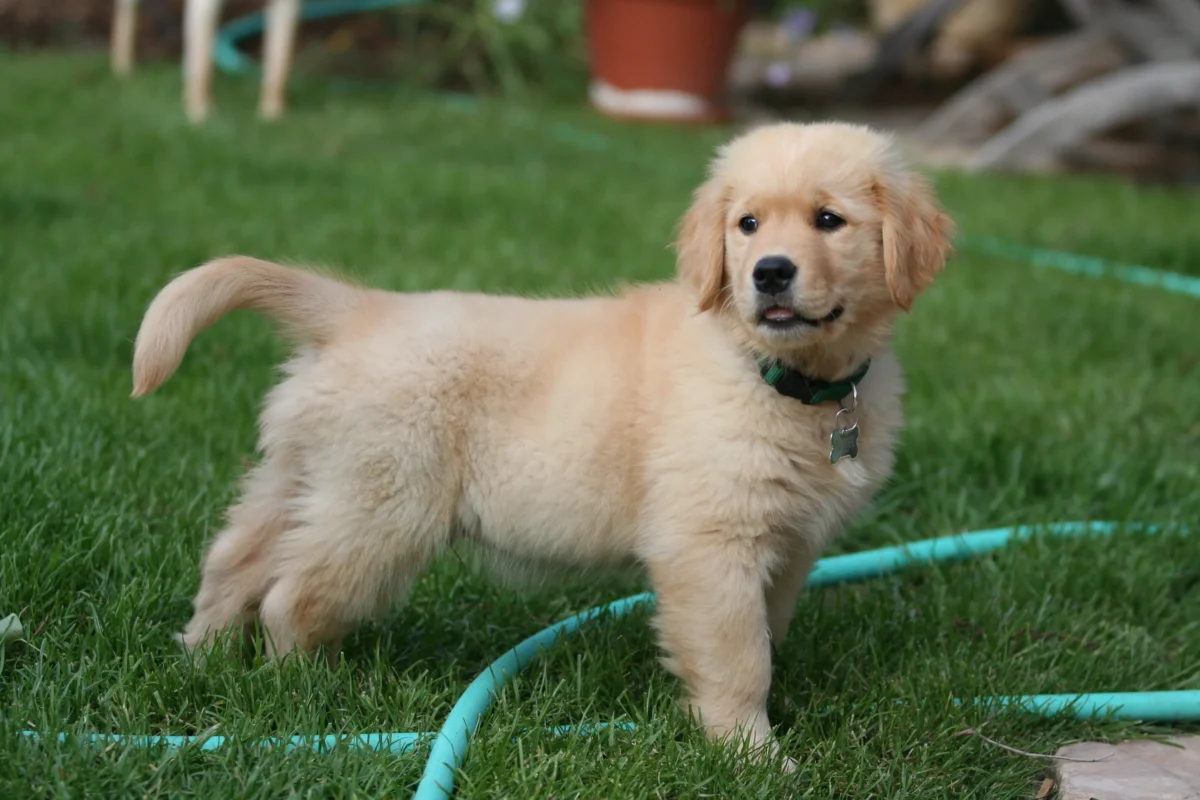There’s a lot of information about dogs and Cushing’s disease, but do we really know what this condition is and what it does to our furry friends? Some people seem to think that if their dog has Cushing’s disease, they will suffer terribly, while others believe that the condition isn’t all that bad. So, what’s the truth?
Let’s take a closer look at Cushing’s disease in dogs and find out what symptoms to watch for, how to treat it, and do dogs with Cushing’s disease suffer as a result.
What Is Cushing’s Disease?
Cushing’s disease is a rare disorder that occurs when the body produces too much of the hormone cortisol. Cortisol is a natural steroid hormone that helps the body respond to stress. It also regulates blood sugar levels, blood pressure, and inflammation.
A tumor causes Cushing’s disease on the pituitary gland (a small gland at the brain’s base). This tumor secretes excess amounts of cortisol, leading to Cushing’s disease symptoms.
Cushing’s disease is diagnosed through blood tests, urine tests, and imaging studies.
What Causes Cushing’s Disease in Dogs?
Cushing’s disease is a condition that can affect dogs of any age, though it is most commonly seen in middle-aged to senior dogs. The condition is caused by an excess of the hormone cortisol in the body, which can have several different causes. In most cases,
A tumor causes Cushing’s disease on the pituitary gland, which regulates the production of hormones in the body. This type of tumor is known as a pituitary adenoma. Less commonly, Cushing’s disease can be caused by a tumor on the adrenal gland, which also produces cortisol. This type of tumor is known as an adrenal adenoma or carcinoma.
Cushing’s disease can also be caused by the overuse of corticosteroid medications, which are sometimes used to treat other conditions in dogs. In these cases, the condition is known as iatrogenic Cushing’s syndrome.
What Are the Symptoms of Cushing’s Disease in Dogs?
Cushing’s disease is a condition that results from the overproduction of the hormone cortisol. This can happen when the body produces too much hormone, or the adrenal glands cannot properly regulate cortisol levels. The most common symptom of Cushing’s disease is increased thirst and urination. Other symptoms may include:
- Weight gain
- Increased appetite
- Seborrhea or oily skin
- Panting
- Lethargy
- Increased urination
- Recurrent skin infections
- Muscle weakness
- Sudden blindness
- Urinary incontinence
- Hair loss
If your dog displays any of these symptoms, it is important to bring them to the vet for an evaluation. Cushing’s disease can be challenging to diagnose, so it is vital to work with a veterinarian who is experienced in dealing with the condition.
How Does Cushing’s Disease Affect Dogs?
As Cushing’s disease progresses, it can cause other health problems in dogs. These include high blood pressure, kidney infection, diabetes, urinary tract infections, and an increased risk of clotting.
Cushing’s disease can also cause weakness and muscle wasting. As the condition progresses, it can lead to heart failure and death.
Early diagnosis and treatment of Cushing’s disease are essential to improve the chances of a successful outcome. If you think your dog may have Cushing’s disease, please see your veterinarian as soon as possible.
What Is the Treatment of Cushing’s Disease?
Surgery, Medication, and Radiation are three popular methods to treat Cushing’s disease in dogs. Let’s look at what each entails.

Surgery
Two types of surgery can be performed to remove Cushing’s Disease in dogs- adrenalectomy and pituitary ablation.
Adrenalectomy is the surgical removal of one or both adrenal glands. This is the most common type of surgery to treat Cushing’s Disease in dogs. The entire gland (or glands) is removed, along with a small portion of the surrounding tissue.
Pituitary ablation is the surgical removal of the pituitary gland. This type of surgery is less common than adrenalectomy but may be recommended in certain cases. The entire gland and a small portion of the surrounding tissue are removed.
Both types of surgery are highly effective in treating Cushing’s Disease in dogs. In most cases, the disease will be remission following surgery, and the dog will not require further treatment.
The decision of which type of surgery to perform will be made by your veterinarian based on various factors, including the severity of the disease and the age and health of your dog.
Medication
A few different types of medication can be used to remove Cushing’s Disease in dogs. The most common type of medication is called trilostane, which works by blocking the production of cortisol. This can be given orally or topically and is typically administered once daily.
Another type of medication that can be used to remove Cushing’s Disease in dogs is called Lysodren. This medication works by destroying the adrenal gland tissue that produces cortisol. It is typically given intravenously or intramuscularly and may require hospitalization for treatment.
Radiation
Radiation therapy is one treatment option for dogs with Cushing’s disease. This type of therapy uses high-energy beams to destroy the abnormal cells that are producing cortisol. Radiation therapy is typically given as an outpatient procedure, which means your dog will not need to stay in the hospital overnight.
The side effects of radiation therapy vary from dog to dog but may include fatigue, loss of appetite, and skin irritation. Most side effects are temporary and will resolve once treatment is completed.
So, Do Dogs With Cushing’s Disease Suffer?
Dogs with Cushing’s disease may suffer from various symptoms, including increased thirst and urination, weight gain, panting, and muscle weakness. While not all dogs will experience these symptoms, most will experience at least some of them. In severe cases, dogs with Cushing’s disease may also develop diabetes or other serious health problems.

Fortunately, Cushing’s disease can be treated with surgery, radiation, or medication, depending on the size and severity of the tumor. In severe cases, the tumor might be too big to remove and cause further treatment complications.








